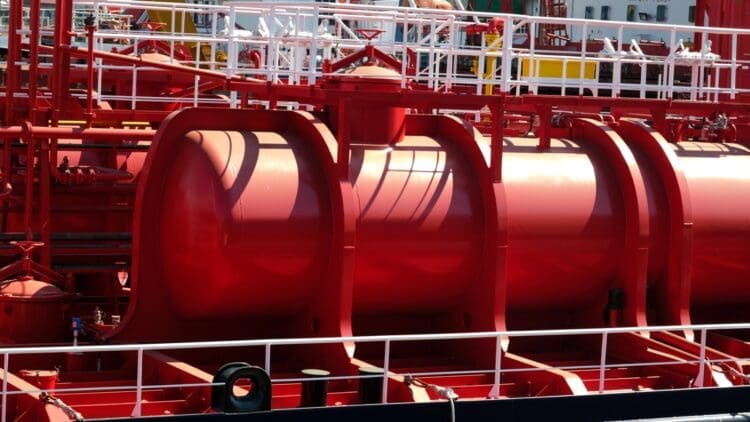The Kingdom of Saudi Arabia is leading the Middle East region with record spending in the upstream oil and gas sectors in 2025. According to the International Energy Agency’s 2025 edition of its annual World Energy Investment report, the Kingdom has seen significant investments in the oil and gas sectors that have reached record levels in 2025. The rise can be attributed to a new approach to the energy sector being championed by the nations in the region. Several Arab nations have welcomed outside investment in their existing conventional non-renewable energy sector, but none have reached the levels that Saudi Arabia has.
The global upstream oil and gas sectors are forecasted to see a significant decline in investments
The Kingdom of Saudi Arabia has vast amounts of natural resources, and due to several mitigating factors, the spending on the sectors is forecasted to reach new record highs if the report from the International Energy Agency is accurate.
The global oil and gas sectors are set to see dramatic reductions in investments for the first time since the COVID-19 pandemic, which saw a litany of industries being impacted by the freeze in global trade. The IEA has reported that while the global investments in the upstream oil and gas are set to decline, investment is gravitating to the Middle East, with Saudi Arabia leading the way.
The 2025 edition of the IEA’s annual World Energy Investment report forecasts upstream oil and gas investment for 2025 at less than $570 billion, representing a decline of around 4%. In sharp contrast, the Middle East sector is set to invest approximately $130 billion in oil and gas supply in 2025, representing a significant percentage of the global investment numbers.
Saudi Arabia is set to lead the upstream oil and gas investments globally, if the current trend continues
The nations in the Middle East are not slowing down their investments in the upstream oil and gas sectors, despite the global market seeing a sharp decline. The Kingdom of Saudi Arabia leads the region in spending, which is set to reach $40 billion in 2025, almost 15% higher than in 2015.
Neighboring Qatar is forecast to see domestic investments increase sevenfold since 2015. A major factor in that increase is the accelerated development of the North Field, while foreign investment has quadrupled in the same period. The IEA has reported that the increase in foreign and domestic investment can drive market security amid an uncertain global economy. Several nations around the world have seen a significant reduction in energy generation, that have led to the closure of a litany of sites.
“Amid the geopolitical and economic uncertainties that are clouding the outlook for the energy world, we see energy security coming through as a key driver of the growth in global investment this year to a record US$3.3 trillion as countries and companies seek to insulate themselves from a wide range of risks. The fast-evolving economic and trade picture means that some investors are adopting a wait-and-see approach to new energy project approvals, but in most areas we have yet to see significant implications for existing projects.” – IEA Executive director Fatih Birol
The Middle East nations are set to supply the world with essential oil and gas through exports
As the world sees a notable decline in spending in the upstream oil and gas sectors, the contrary situation unfolding in the Middle East means that the high-energy usage regions of the world, like Europe and the U.S., will turn to countries like the Kingdom of Saudi Arabia to deliver vast amounts of exported oil and gas capacity. The news that China has closed down several coal sites in the Inner Mongolia region has directed the global energy industry towards the Middle East.





